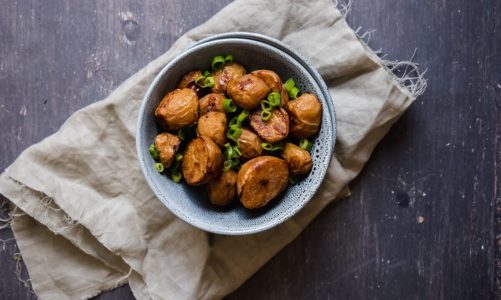Before we roast and grind coffee beans, we need to pick, dry, mill and grade them. When grading coffee beans, colour is one of the most important quality factors to consider. The colour of raw coffee beans has a significant effect on the flavour, body and the acidity of the coffee.
With that being said, we are going to take a look at the various colours of raw coffee beans and what their flavour profile is like. Let’s get started:
Greyish-Blue- it is a very desirable colour for raw coffee beans and considered as the highest quality. It’s achievable by sun drying coffee beans after washing. Raw coffee beans are placed on drying table so they receive heat gradually. The outdoor air is allowed to filter around the beans evenly. High quality greyish-blue beans should be whole and intact, without any splits after the sun drying process. The moisture content must be between 8.5 and 10.5 percent, both in the form of parchment and after hulling process. With medium roast, greyish-blue beans will turn into a darkish chocolate colour with somewhat shiny, but not oily exterior. Properly dried and roasted greyish blue beans give you a cup with full body, rich flavour, well-balanced acidity and free from any kind of undesirable aftertaste. If the drying process is too rapid, the parchment will split open. This causes the beans to appear yellowish or whitish. The result will be a cup with flat flavours, light body and mild acidity.
Greyish-Green- greyish-green is another desirable colour for raw coffee beans. These beans are usually well dried and have high density. Coffee beans from Hawaii, Papua New Guinea, Central America and South America have this colour. With medium roast profile, greyish-green beans will turn into brilliant chocolate colour, producing a cup with mellow, rich flavour, as well as heavy body and smooth acidity. These are the most popular beans used to make coffee for compostable coffee pods and organic coffee capsules.
Brown- this includes regular brown, brownish-green and brownish-grey-green. You get these colours when coffee berries are picked under or over ripe, then washed before the drying process. These beans are subjected to scorching heat during mechanical or sun drying with over fermentation. When coffee beans are stored in warehouse for a long time, they may also turn into brownish colour. These beans will give you a cup with light body and very light acidity. Normally, brownish beans often have an overly dominant flavour that may include grassy, medicinal, butter, slightly harsh, fermented, earthy or woody. They only way to mask these flavours is by using very dark roast, which may eliminate desirable flavours. These are often used in coffee blends.
Keep in mind that the colour of raw coffee beans isn’t the only factor. Other things to examine are physical defects, moisture content, centre cut and bean formation.
Contact Novell Coffee Trade
To learn more about the newest trends in coffee and café service and how some companies are recycling coffee grounds, contact Novell Coffee Trade and shop a wide selection of specialty coffees today!
If you enjoyed this article, please feel free to share it on your favourite social media sites.




